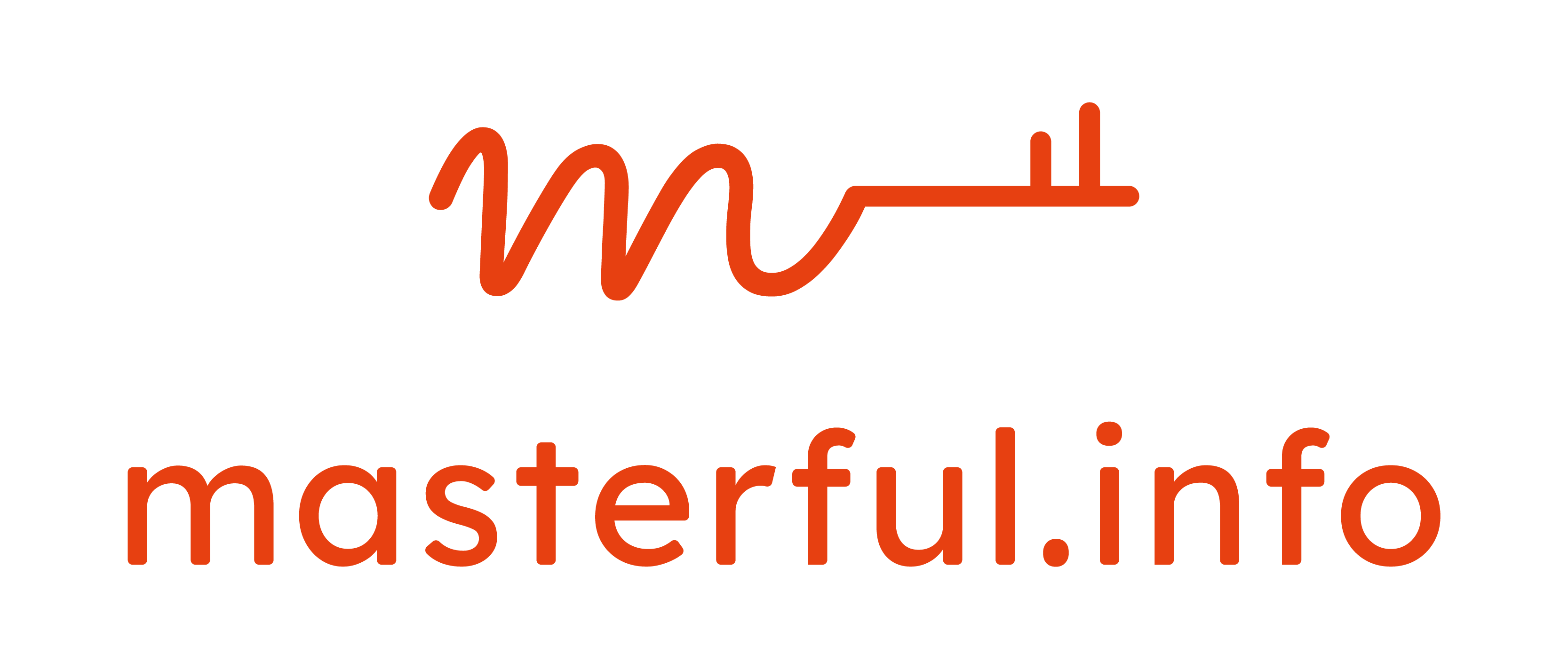Identifying your ideal client is a crucial aspect of running a successful business. It requires a deep understanding of your target audience, the challenges they face, and their needs and wants. When you identify your ideal client, you can better serve and attract them, improve your marketing efforts, and grow your business. In this article, we’ll discuss the benefits of identifying your ideal client, the challenges of not doing so, and how to identify your ideal client using demographics, psychographics, and behavior. We’ll also cover how to create a customer persona and use it to better serve and attract your target audience.

Image Source: FreeImages
Understanding the Benefits of Identifying Your Ideal Client
Identifying your ideal client has several benefits. It helps you understand their challenges, needs, and wants, which in turn allows you to better serve them. When you understand your ideal client, you can tailor your marketing efforts to their specific needs and preferences, increasing the chances of attracting and retaining them.
Identifying your ideal client can also help you differentiate yourself from your competitors. By focusing on a specific niche, you can become an expert in that area and provide unique value to your clients. This can result in increased referrals, positive reviews, and a stronger reputation in your industry.
Moreover, identifying your ideal client can save you time and money. When you know who your ideal client is, you can avoid wasting resources on marketing efforts that don’t resonate with them. You can also develop products and services that specifically address their needs, reducing the risk of launching something that doesn’t sell.
The Challenges of Not Identifying Your Ideal Client
Not identifying your ideal client can lead to several challenges. Firstly, you may end up targeting a broad audience that doesn’t resonate with your brand. This can result in lower engagement rates, fewer conversions, and wasted marketing efforts.
Secondly, not identifying your ideal client can lead to inconsistent messaging and branding. When you try to appeal to everyone, you may end up diluting your brand message and confusing your audience. This can make it difficult for them to understand what you offer and why they should choose you over your competitors.
Lastly, not identifying your ideal client can make it difficult to develop products and services that meet their needs. When you don’t understand your audience, you may end up creating something that doesn’t solve their problems or provide value to them. This can result in low sales, negative reviews, and a damaged reputation.
How to Identify Your Ideal Client – Demographics, Psychographics, and Behavior
Identifying your ideal client requires a deep understanding of their demographics, psychographics, and behavior. Demographics refer to their age, gender, location, income, and other measurable factors. Psychographics refer to their values, beliefs, attitudes, and lifestyle. Behavioral factors refer to their actions and interactions with your brand, such as their purchase history, engagement rates, and feedback.
To identify your ideal client, start by collecting data on your current and potential customers. You can use surveys, focus groups, social media analytics, and website analytics to gather this information. Look for patterns and trends in the data to identify common characteristics among your audience.
Once you have this information, create a customer persona that represents your ideal client. A customer persona is a fictional character that represents your target audience. It includes information on their demographics, psychographics, behavior, challenges, needs, and wants.
Creating a Customer Persona
To create a customer persona, start by giving them a name and a background. Include information on their age, gender, location, income, education, and occupation. Then, identify their values, beliefs, attitudes, and lifestyle. What motivates them? What are their goals and aspirations? What challenges do they face? What are their pain points?
Next, identify how they interact with your brand. What channels do they use to find information about your brand? How do they engage with your content? What are their preferences and expectations when it comes to your products and services?
Finally, identify how you can solve their problems and provide value to them. What products and services can you offer that specifically address their needs and wants? What messaging and branding will resonate with them?
How to Use Customer Personas to Better Serve and Attract Your Target Audience
Once you have created a customer persona, use it to better serve and attract your target audience. Tailor your marketing efforts to their specific needs and preferences. Use messaging and branding that resonates with them. Develop products and services that solve their problems and provide value to them.
You can also use customer personas to improve your customer service. When you understand your ideal client, you can provide personalized and relevant support that meets their expectations. This can result in increased customer satisfaction and loyalty.
Moreover, you can use customer personas to test new products and services. Before launching something new, test it with your ideal client to ensure that it meets their needs and wants. This can reduce the risk of launching something that doesn’t sell.
The Importance of Customer Feedback in Identifying Your Ideal Client
Customer feedback is an essential part of identifying your ideal client. It provides valuable insights into their needs, wants, and preferences. It also helps you understand their challenges and pain points, allowing you to develop products and services that solve their problems.
To collect customer feedback, use surveys, focus groups, and social media. Ask open-ended questions that allow customers to provide detailed feedback on their experience with your brand. Use this feedback to improve your products and services, messaging, and branding.
Tools to Help You Identify Your Ideal Client
Several tools can help you identify your ideal client. Google Analytics, for example, provides valuable insights into your website’s demographics, behavior, and interests. Facebook Audience Insights allows you to gather data on your audience’s demographics, interests, and behaviors.
Other tools include SurveyMonkey, Google Forms, and Typeform, which allow you to collect customer feedback and data on your target audience. HubSpot and Salesforce provide customer relationship management (CRM) software that can help you manage your customer data and interactions.
The Impact of Identifying Your Ideal Client on Your Business Growth
Identifying your ideal client can have a significant impact on your business growth. It allows you to better serve and attract your target audience, improving your marketing efforts and customer satisfaction. It can also differentiate you from your competitors, increasing referrals and positive reviews.
Moreover, identifying your ideal client can increase your revenue and profitability. When you develop products and services that specifically address their needs and wants, you can charge premium prices and increase your profit margins.
Finally, identifying your ideal client can help you expand your business into new markets. When you understand your audience, you can identify new opportunities and niches that align with their needs and wants. This can result in increased sales and profitability.
Conclusion – Key Takeaways on Identifying Your Ideal Client
In conclusion, identifying your ideal client is a crucial aspect of running a successful business. It requires a deep understanding of your target audience, their challenges, and their needs and wants. When you identify your ideal client, you can better serve and attract them, improve your marketing efforts, and grow your business. Use the tips and tools provided in this article to identify your ideal client and take your business to the next level.
Start identifying your ideal client today using the tips and tools provided in this article. Use customer personas to better serve and attract your target audience, and collect feedback to improve your products and services. With a deep understanding of your audience, you can take your business to the next level.





